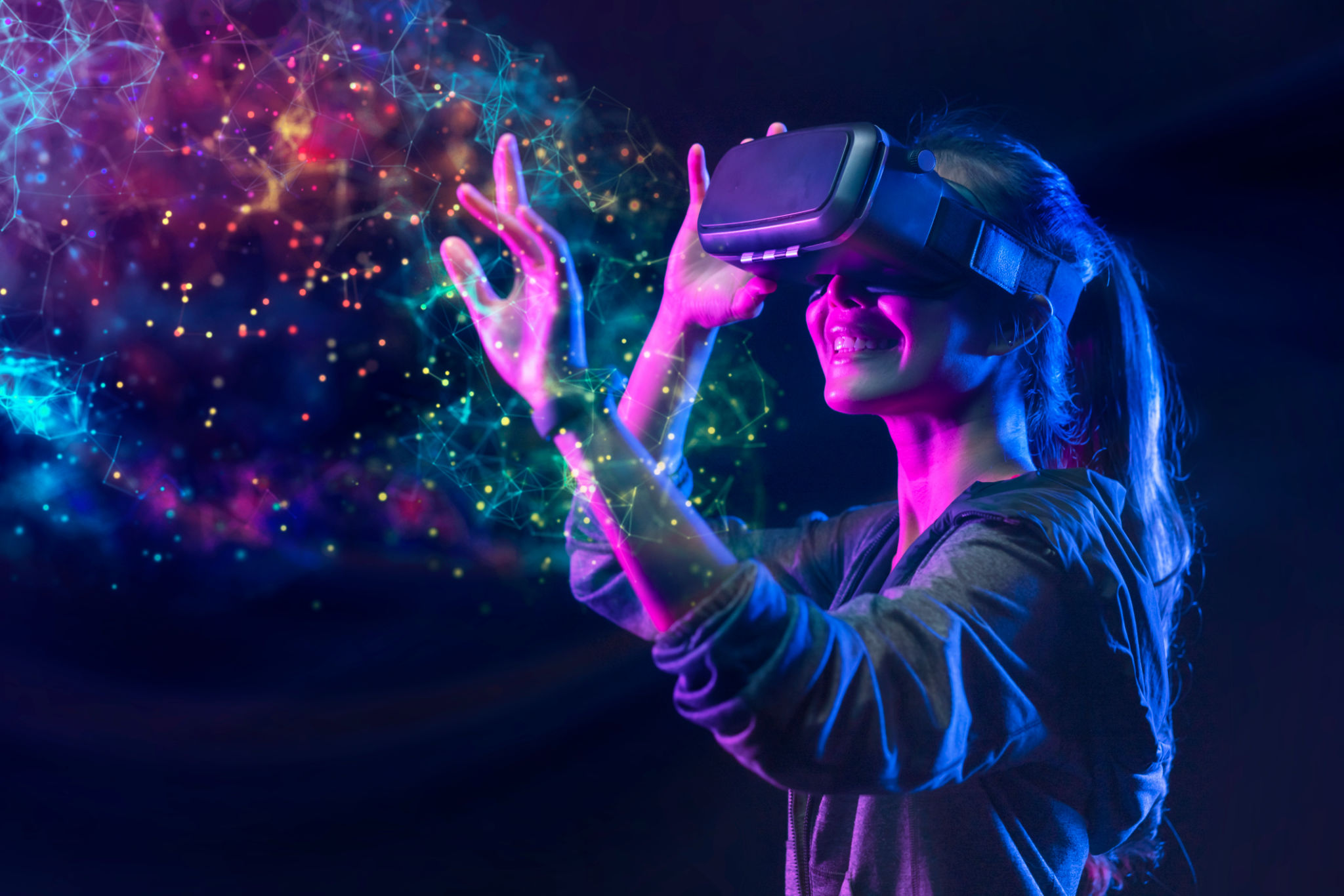Exploring AI Integration in Virtual Reality: Transforming Immersive Experiences
Introduction to AI and Virtual Reality
The convergence of Artificial Intelligence (AI) and Virtual Reality (VR) is revolutionizing how we experience digital worlds. By integrating AI into VR, developers are creating more immersive and interactive experiences that go beyond traditional boundaries. This fusion is opening up new possibilities across various fields, from gaming and entertainment to education and healthcare.

Enhancing User Interaction
One of the most significant impacts of AI in VR is the enhancement of user interaction. AI enables virtual environments to respond more naturally to users' actions, creating a seamless and engaging experience. By incorporating machine learning algorithms, VR systems can adapt to users' preferences and behaviors over time, offering personalized experiences that feel intuitive and responsive.
For instance, AI-driven character animations and voice recognition can make virtual characters more lifelike, providing users with a sense of realism. These advancements allow for more meaningful interactions, making users feel as though they are truly part of the virtual environment.
Improving Realism and Immersion
AI technologies are also crucial in enhancing the realism and immersion of VR environments. Through advanced image recognition and processing, AI can generate high-quality graphics that mimic real-world scenarios. This level of detail helps create environments that are visually stunning and captivating.
Furthermore, AI can simulate complex physics and environmental dynamics within VR, allowing for realistic simulations of natural phenomena like weather patterns or gravitational effects. These improvements contribute significantly to the overall immersive experience, making virtual worlds more believable and engaging.

Applications in Various Industries
The integration of AI in VR is not limited to entertainment; it is transforming various industries. In education, for example, AI-enhanced VR can create interactive learning environments where students can explore historical events or scientific concepts in an engaging way. This method not only improves comprehension but also retention of information.
In healthcare, VR combined with AI is being used for therapeutic purposes, such as pain management and rehabilitation. By providing customized simulations tailored to individual patients, these technologies can significantly improve treatment outcomes.
The Future of AI and VR Integration
The future of AI integration in VR looks promising as technology continues to evolve. Developers are exploring new ways to leverage AI for creating even more sophisticated virtual experiences. With advancements in natural language processing, users may soon engage in complex conversations with virtual characters or systems, adding another layer of interactivity.

Moreover, as AI algorithms become more efficient, we can expect VR systems to run smoother and more efficiently on less powerful hardware. This will make high-quality immersive experiences accessible to a broader audience, further expanding the reach and impact of VR applications.
Conclusion
AI integration in Virtual Reality is undoubtedly transforming immersive experiences by enhancing interaction, realism, and applicability across various sectors. As this technology continues to advance, it will open up unprecedented opportunities for creativity and innovation. Whether you're a developer, educator, or healthcare professional, embracing these advancements can lead to groundbreaking developments in your field.